Home>Construction & Tools>Building Materials>How To Build Stucco Wall With Wood Frame
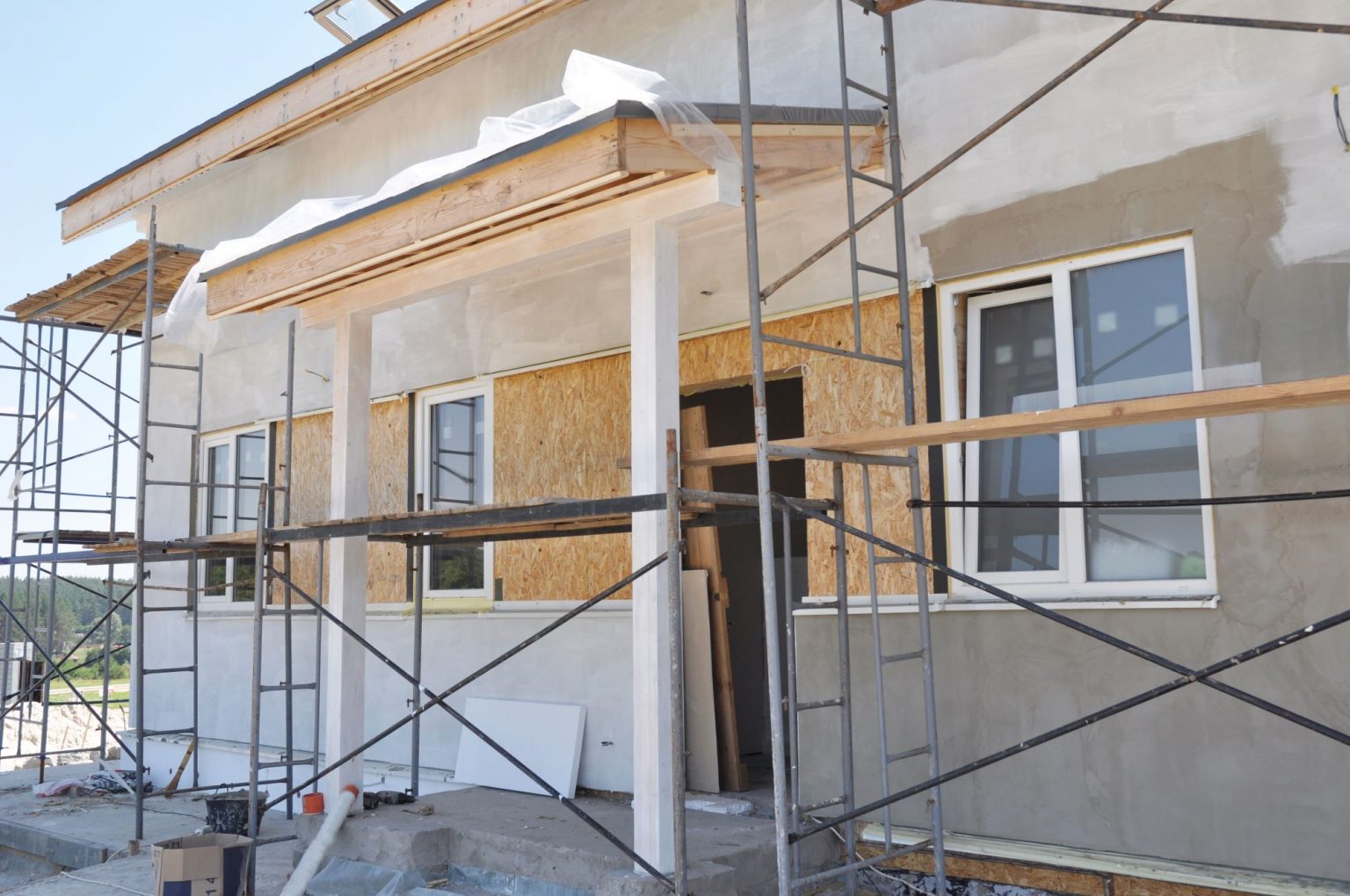

Building Materials
How To Build Stucco Wall With Wood Frame
Modified: February 18, 2024
Learn how to build a sturdy stucco wall using wood frame construction with the right building materials. Follow our step-by-step guide for a successful project.
(Many of the links in this article redirect to a specific reviewed product. Your purchase of these products through affiliate links helps to generate commission for Storables.com, at no extra cost. Learn more)
Introduction
Building a stucco wall with a wood frame is an excellent way to add durability, aesthetic appeal, and value to your property. Stucco, a time-honored building material, has been used for centuries due to its resilience and versatility. When combined with a sturdy wood frame, it creates a robust and visually appealing structure that can withstand the test of time.
In this comprehensive guide, we will walk you through the step-by-step process of constructing a stucco wall with a wood frame. Whether you are a seasoned DIY enthusiast or a novice looking to embark on your first major construction project, this guide will equip you with the knowledge and confidence to complete the task successfully.
From preparing the wood frame to applying the stucco and adding the finishing touches, we will cover each stage in detail, providing valuable insights, tips, and best practices along the way. By the end of this guide, you will have a thorough understanding of the materials and techniques involved in building a stucco wall with a wood frame, empowering you to create a stunning and durable structure that enhances the beauty and functionality of your property. Let's dive in and explore the exciting world of stucco wall construction!
Key Takeaways:
- Building a stucco wall with a wood frame requires careful preparation, including designing the layout, assembling the wood frame, and installing the wire mesh. Properly mixed and applied stucco, along with finishing touches and maintenance, ensures a durable and visually appealing structure.
- To build a stucco wall with a wood frame, gather essential materials and tools, prepare the wood frame, install the wire mesh, and mix and apply the stucco. Finish with proper curing, optional painting, sealing, ongoing maintenance, and landscaping for a long-lasting and attractive result.
Read more: How To Attach Wood To Stucco Wall
Materials and Tools Needed
Before embarking on the construction of a stucco wall with a wood frame, it’s essential to gather the necessary materials and tools. Having everything on hand will streamline the building process and ensure a smooth workflow. Here’s a comprehensive list of the materials and tools you will need:
Materials:
- Wood studs and plates
- Plywood or oriented strand board (OSB)
- Galvanized metal lath
- Stucco mix
- Portland cement
- Masonry sand
- Wire mesh
- Staples or nails
- Weather-resistant barrier (building paper or house wrap)
- Stucco additives (if required)
- Waterproofing and bonding agents
- Primer
- Paint (optional)
Tools:
- Tape measure
- Level
- Hammer
- Nail gun or staple gun
- Saw (circular or miter)
- Power drill and screws
- Wire cutters
- Tin snips
- Trowels (finishing and pointing)
- Buckets and mixing tools
- Protective gear (gloves, safety glasses, dust mask)
- Scaffolding or ladders
- Sprayer or hose for applying stucco
Having these materials and tools at your disposal will set the stage for a successful stucco wall construction project. It’s crucial to ensure that all materials are of high quality and suitable for the specific requirements of the project. With everything prepared, you can proceed to the next steps with confidence, knowing that you have the necessary resources to bring your vision to life.
Preparing the Wood Frame
The wood frame serves as the structural foundation for the stucco wall, providing stability and support for the entire structure. Proper preparation of the wood frame is essential to ensure the longevity and integrity of the stucco wall. Here’s a detailed guide on how to prepare the wood frame for your stucco wall:
1. Design and Layout:
Begin by designing the layout of the wall, considering the dimensions and any openings such as doors and windows. Use a tape measure and level to mark the precise locations for the wood studs and plates, ensuring uniform spacing and alignment.
2. Cutting and Assembling:
Cut the wood studs and plates to the required lengths using a saw, ensuring accurate measurements and clean cuts. Assemble the wood frame by securing the studs vertically between the top and bottom plates, creating a sturdy framework for the stucco wall. Use a nail gun or screws to fasten the components together, ensuring a solid and even structure.
3. Installation of Sheathing:
Once the frame is assembled, install plywood or oriented strand board (OSB) sheathing on the exterior side of the frame. This sheathing provides a smooth and even surface for the application of the weather-resistant barrier and metal lath. Secure the sheathing to the frame using nails or screws, ensuring a tight fit without any gaps or protrusions.
4. Weather-Resistant Barrier:
Apply a weather-resistant barrier, such as building paper or house wrap, over the sheathing to protect the wood frame from moisture and external elements. Properly sealing the frame with a weather-resistant barrier is crucial for preventing water infiltration and ensuring the longevity of the stucco wall.
Read more: What Is A Stucco Wall
5. Flashing and Sealant:
Install flashing and sealant around any openings, such as windows and doors, to create a watertight seal and prevent water intrusion. Properly sealed openings are essential for maintaining the structural integrity of the wood frame and preventing potential water damage.
By following these steps, you will have a well-prepared wood frame that forms the solid foundation for the stucco wall. Taking the time to meticulously prepare the wood frame will contribute to the overall durability and quality of the finished stucco wall, ensuring a long-lasting and visually appealing structure for your property.
Installing the Wire Mesh
Once the wood frame is prepared, the next crucial step in building a stucco wall is the installation of the wire mesh. The wire mesh, also known as galvanized metal lath, serves as the base for the stucco application, providing a secure and durable surface for the stucco to adhere to. Proper installation of the wire mesh is essential for ensuring the stability and longevity of the stucco wall. Here’s a detailed guide on how to install the wire mesh:
1. Cutting and Fitting:
Begin by cutting the wire mesh to the required sizes using tin snips, ensuring that it fits the dimensions of the wood frame accurately. The wire mesh should cover the entire surface of the wood frame, including the sheathing, and overlap at the edges to create a seamless and continuous surface.
2. Securing the Mesh:
Once the wire mesh is cut to size, secure it to the wood frame using galvanized staples or nails. Ensure that the mesh is tightly fastened to the frame, with no loose or sagging sections. The mesh should be installed with precision and care to create a uniform and stable base for the stucco application.
Read more: How To Do A Stucco Wall
3. Overlapping Joints:
When installing multiple pieces of wire mesh, overlap the joints by at least 1 inch to create a smooth and continuous surface. Secure the overlapping sections with additional staples or nails to ensure a seamless transition between the mesh pieces. Properly overlapping the joints will prevent any gaps or weak points in the stucco application.
4. Inspecting and Reinforcing:
After the wire mesh is installed, inspect the entire surface to ensure that it is securely attached and free of any irregularities. Reinforce any loose or protruding sections by adding extra staples or nails as needed. A thorough inspection and reinforcement process will guarantee a solid and reliable base for the stucco wall.
5. Safety Precautions:
When working with wire mesh, wear protective gloves to prevent any injuries from sharp edges or protruding wires. Taking safety precautions is crucial to ensure a safe and hazard-free installation process.
By following these steps, you will have successfully installed the wire mesh, creating a sturdy and uniform base for the stucco application. The properly installed wire mesh will contribute to the overall strength and resilience of the stucco wall, laying the groundwork for the next phase of the construction process.
Mixing and Applying the Stucco
With the wood frame prepared and the wire mesh securely in place, the next critical phase in building a stucco wall is mixing and applying the stucco. The application of stucco requires precision, attention to detail, and a thorough understanding of the mixing and application process. Here’s a comprehensive guide on how to mix and apply stucco for your project:
Read more: How To Stucco Concrete Walls
1. Mixing the Stucco:
Begin by preparing the stucco mix according to the manufacturer’s instructions. Typically, the stucco mix consists of Portland cement, masonry sand, and water. Use a sturdy bucket and mixing tools to combine the ingredients thoroughly, ensuring a smooth and uniform texture without any lumps or dry spots.
2. Adding Stucco Additives:
Depending on the specific requirements of your project, you may need to add stucco additives such as fibers or acrylic compounds to enhance the strength and flexibility of the stucco. Follow the manufacturer’s guidelines when incorporating additives into the stucco mix, ensuring that they are evenly distributed for optimal performance.
3. Preparing the Application Surface:
Before applying the stucco, dampen the wire mesh and sheathing with water to create a suitable surface for the stucco application. Properly moistening the surface will promote better adhesion and prevent the stucco from drying out too quickly during the application process.
4. Applying the Stucco:
Use a pointing trowel to scoop up the mixed stucco and apply it to the wire mesh in a smooth and even manner. Work from the bottom of the wall upwards, ensuring that the stucco is applied consistently and at the desired thickness. Use a float or darby to level and smooth the stucco surface, removing any excess material and creating a uniform finish.
Read more: How To Stucco A Brick Wall
5. Curing and Moisture Control:
After applying the stucco, it’s crucial to control the curing process and moisture levels to prevent cracking and ensure proper adhesion. Keep the stucco moist by lightly misting it with water or covering it with a damp cloth to facilitate the curing process. Proper moisture control is essential for achieving a strong and durable stucco finish.
By following these steps, you will have successfully mixed and applied the stucco, creating a solid and visually appealing surface for your stucco wall. The meticulous mixing and application process will contribute to the overall quality and durability of the stucco wall, setting the stage for the final phase of the construction process.
Finishing Touches and Maintenance
As the stucco wall nears completion, attention to finishing touches and ongoing maintenance is crucial to ensure the longevity and visual appeal of the structure. Properly addressing these aspects will contribute to the overall durability and aesthetic quality of the stucco wall. Here’s a comprehensive guide on the finishing touches and maintenance of a stucco wall with a wood frame:
1. Curing and Drying:
Allow the stucco to cure and dry completely according to the manufacturer’s recommendations. Proper curing is essential for achieving the desired strength and resilience of the stucco wall. Avoid any heavy impact or excessive moisture exposure during the curing process to prevent damage to the stucco surface.
2. Primer and Paint (Optional):
If you desire a specific color or additional protection for the stucco wall, consider applying a primer and paint suitable for exterior masonry surfaces. Choose high-quality, weather-resistant products to ensure long-lasting protection and a vibrant finish. Follow the manufacturer’s instructions for proper application and drying times.
Read more: How To Stucco A Brick Wall
3. Sealing and Waterproofing:
Apply a suitable waterproofing and bonding agent to the stucco surface to enhance its resistance to moisture and external elements. Proper sealing and waterproofing will extend the lifespan of the stucco wall and minimize the risk of water damage or deterioration over time.
4. Inspecting and Repairing:
Regularly inspect the stucco wall for any signs of damage, cracking, or deterioration. Address any issues promptly by repairing damaged areas and applying touch-up stucco as needed. Proactive maintenance will prevent minor issues from escalating and ensure the continued integrity of the stucco wall.
5. Cleaning and Preservation:
Keep the stucco wall clean by periodically washing it with a mild detergent and water to remove dirt, grime, and environmental residues. Avoid using abrasive cleaning methods that may damage the stucco surface. Additionally, consider applying a protective coating or sealer to preserve the stucco and enhance its resistance to staining and weathering.
6. Landscaping and Drainage:
Ensure that the area surrounding the stucco wall is properly landscaped and graded to facilitate effective drainage and minimize water accumulation near the structure. Proper drainage will prevent water-related issues and contribute to the long-term stability of the stucco wall.
By attending to these finishing touches and implementing a proactive maintenance plan, you will ensure that your stucco wall with a wood frame remains in optimal condition for years to come. The combination of proper finishing touches and ongoing maintenance will preserve the structural integrity and visual appeal of the stucco wall, enhancing the overall value and beauty of your property.
Frequently Asked Questions about How To Build Stucco Wall With Wood Frame
Was this page helpful?
At Storables.com, we guarantee accurate and reliable information. Our content, validated by Expert Board Contributors, is crafted following stringent Editorial Policies. We're committed to providing you with well-researched, expert-backed insights for all your informational needs.
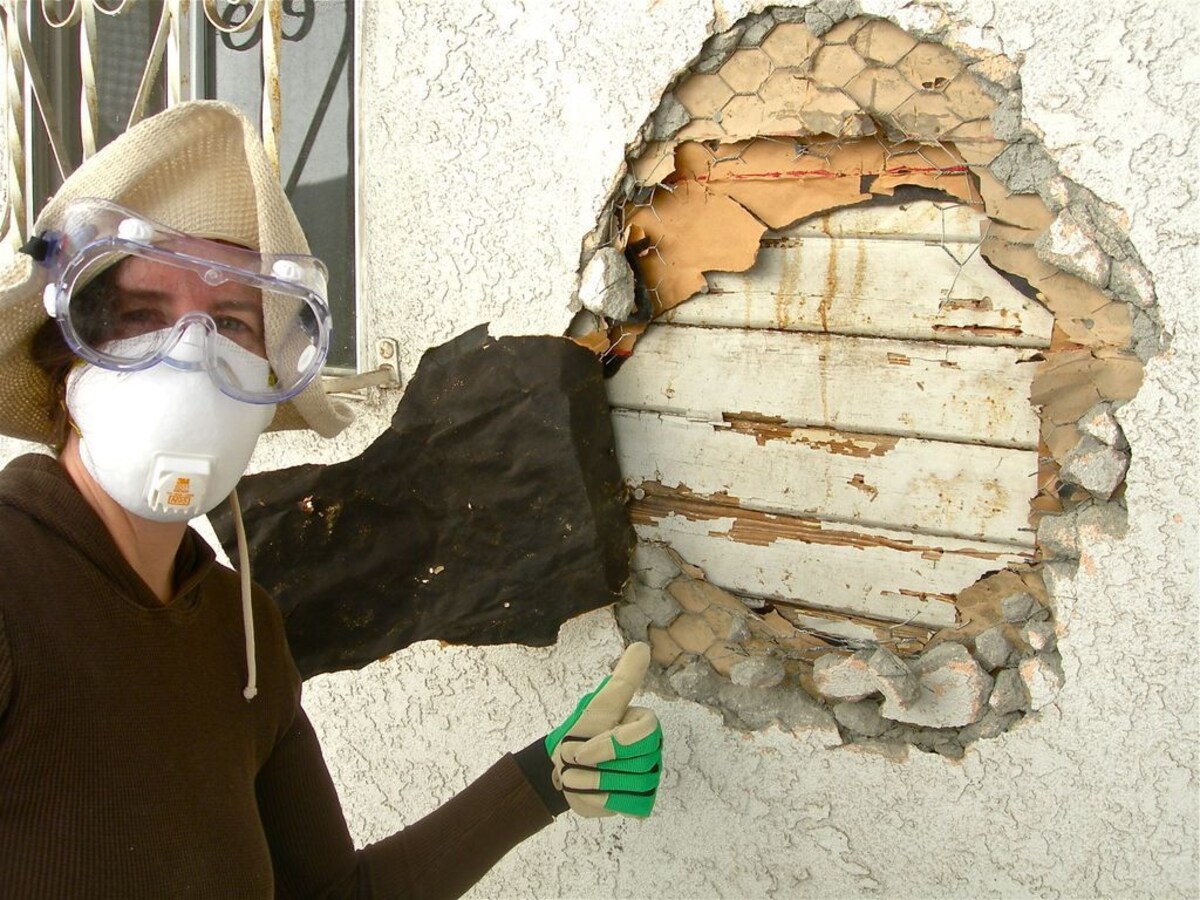
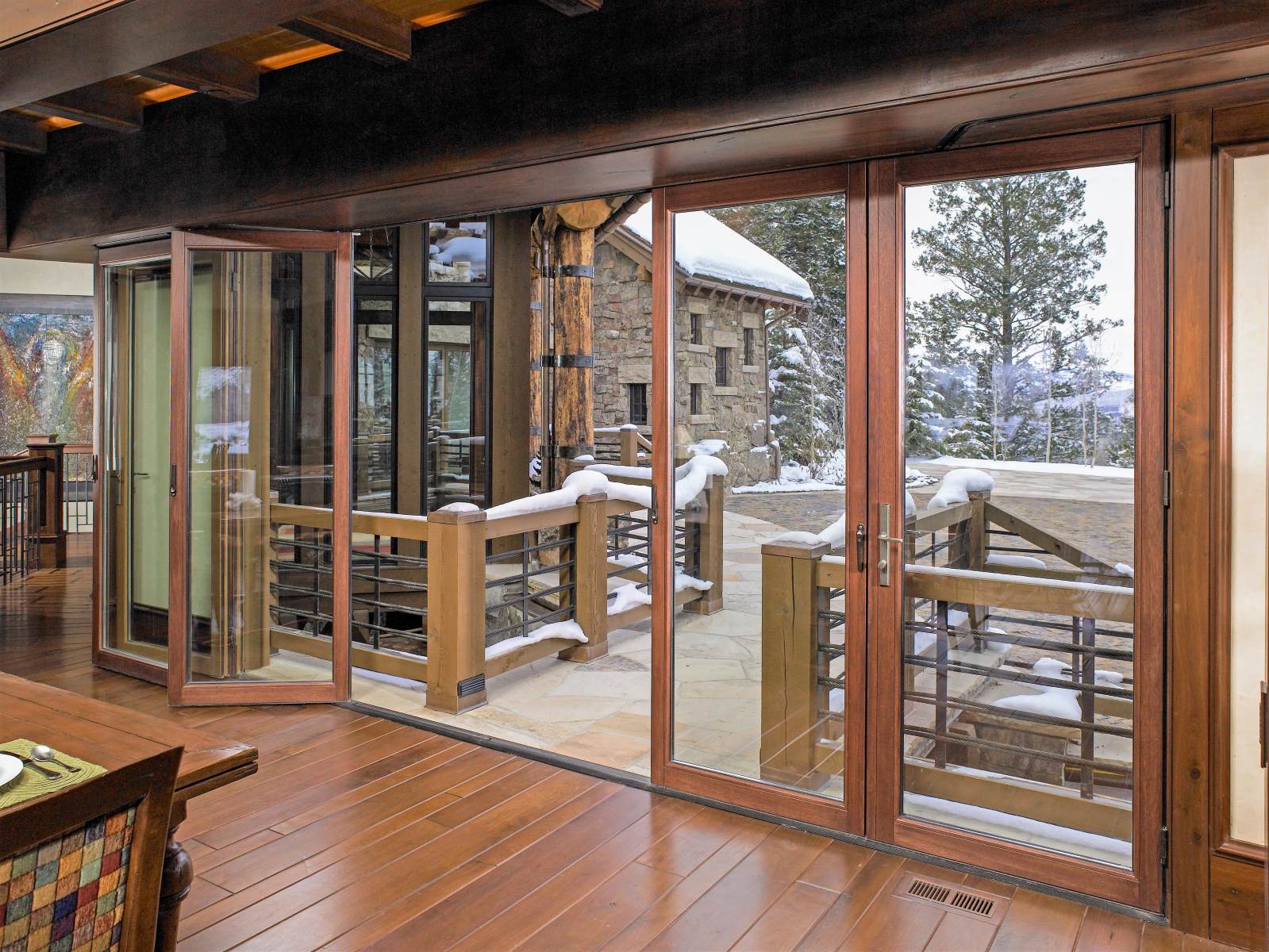
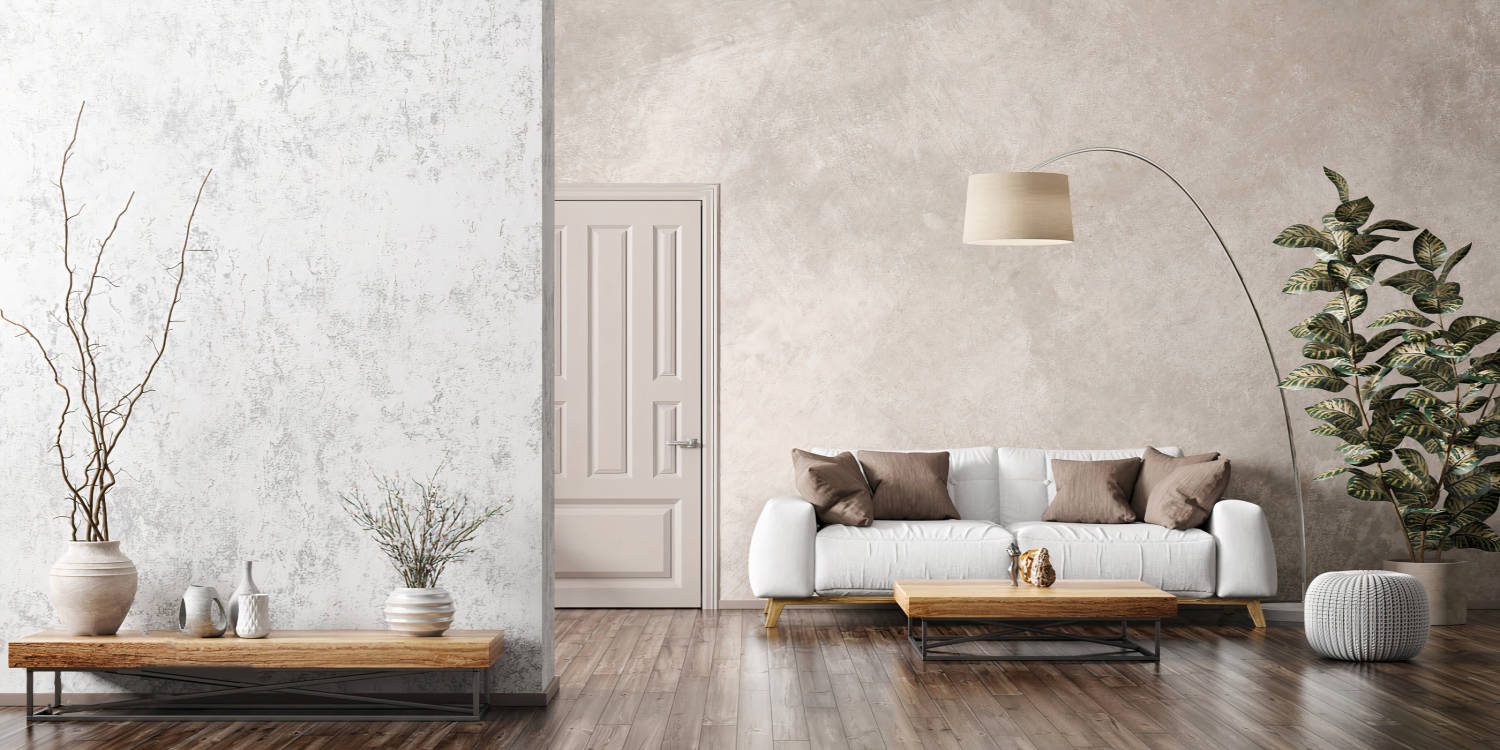
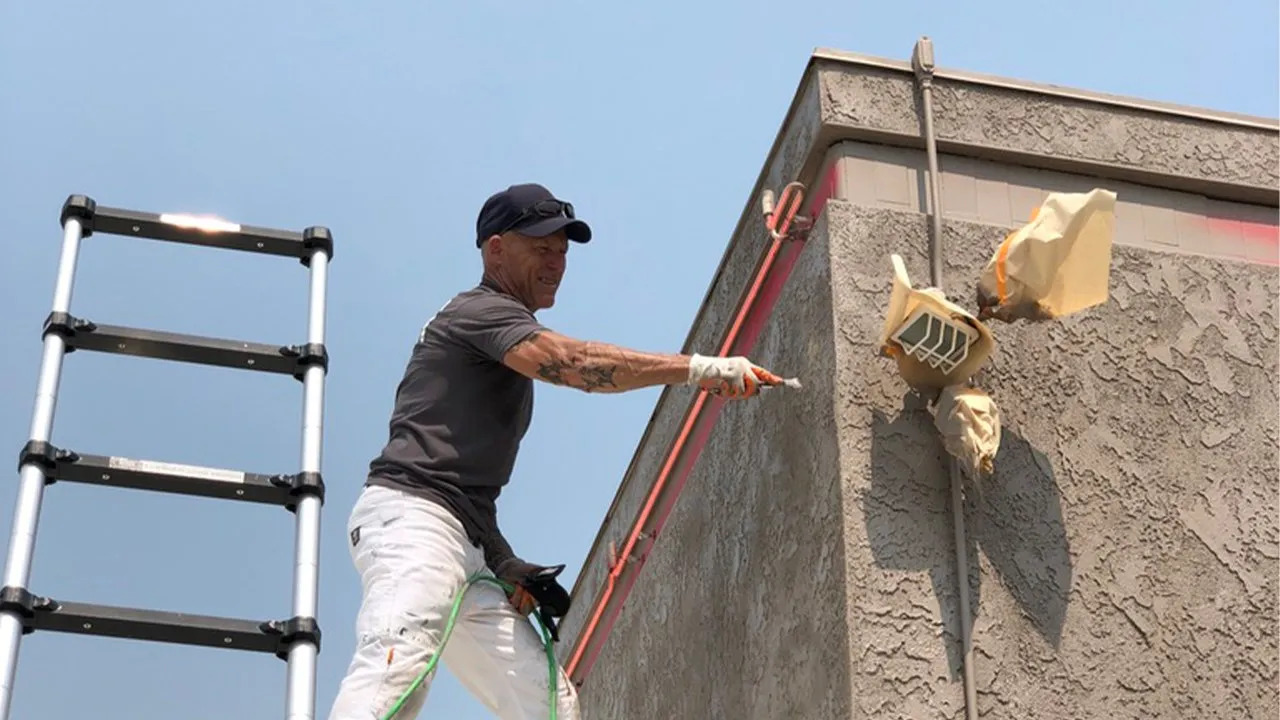

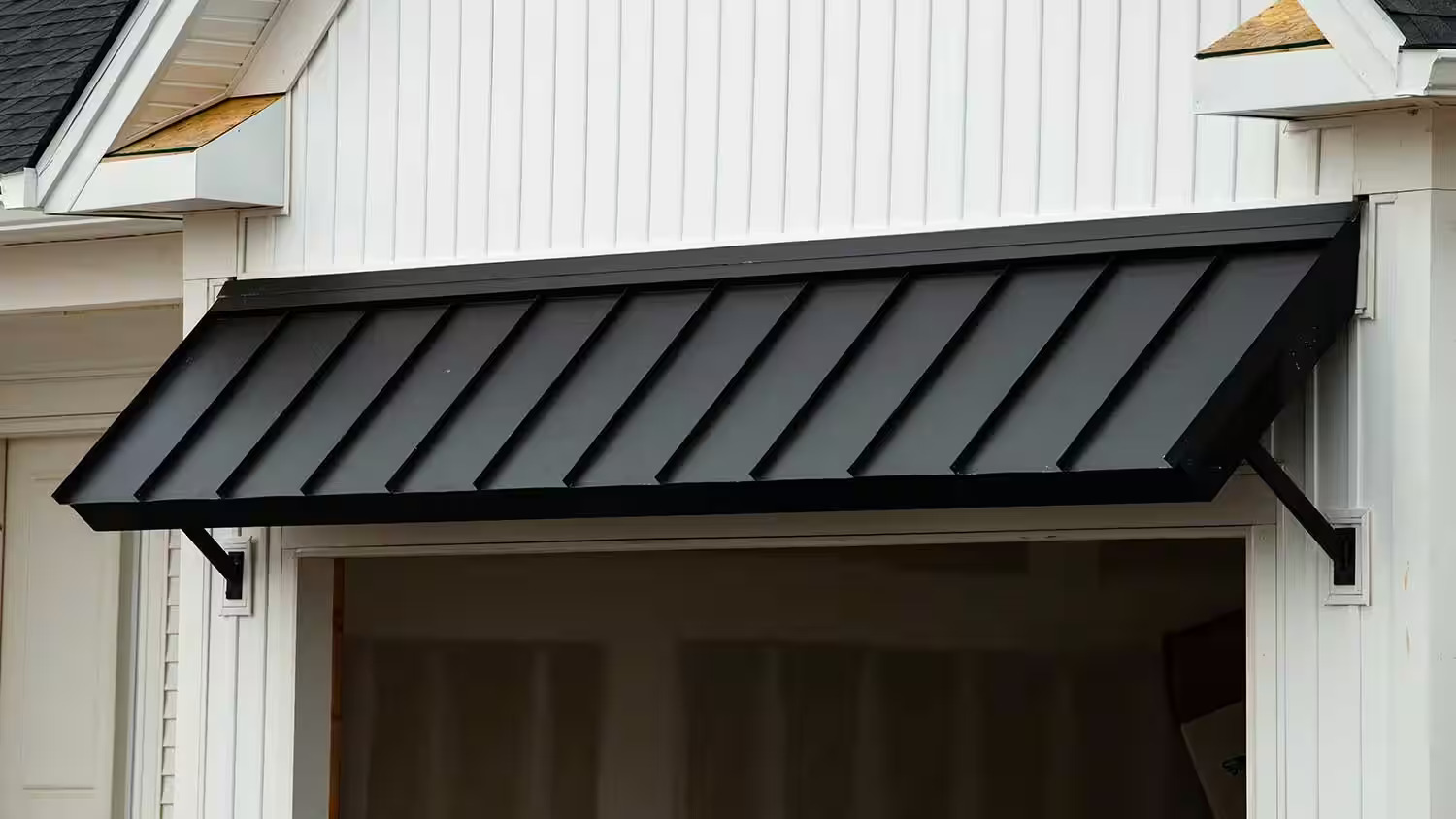
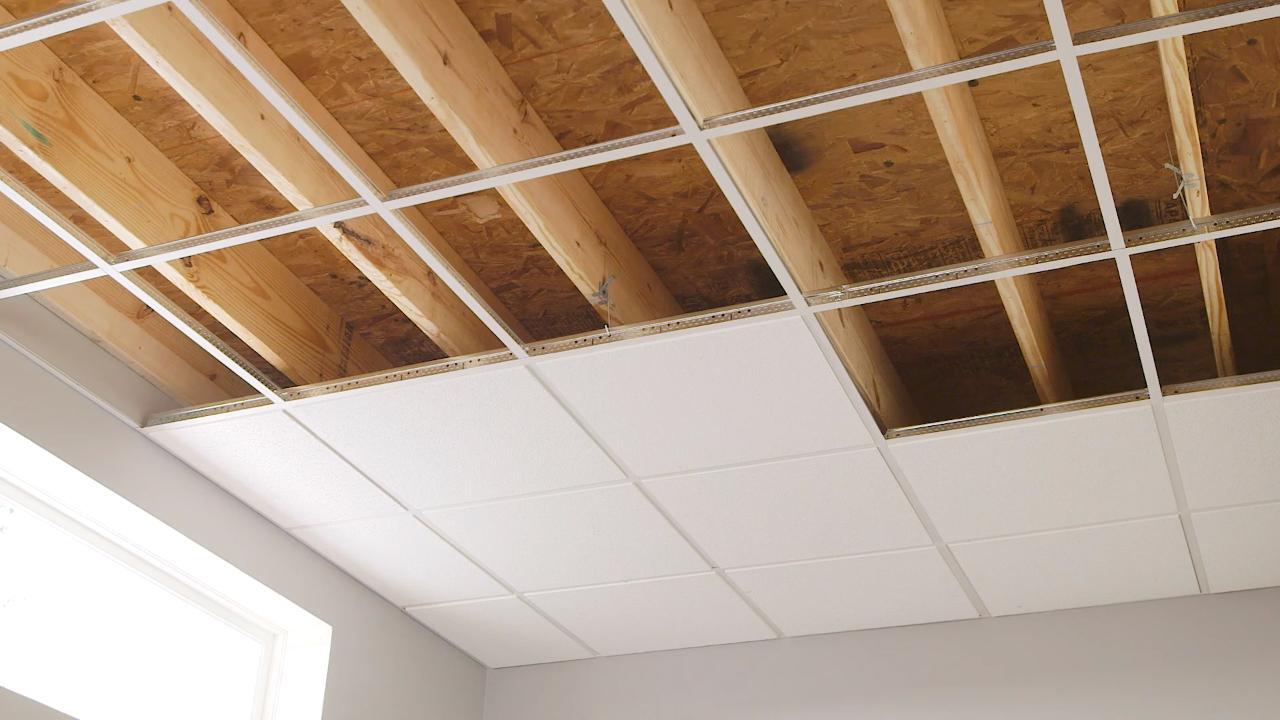
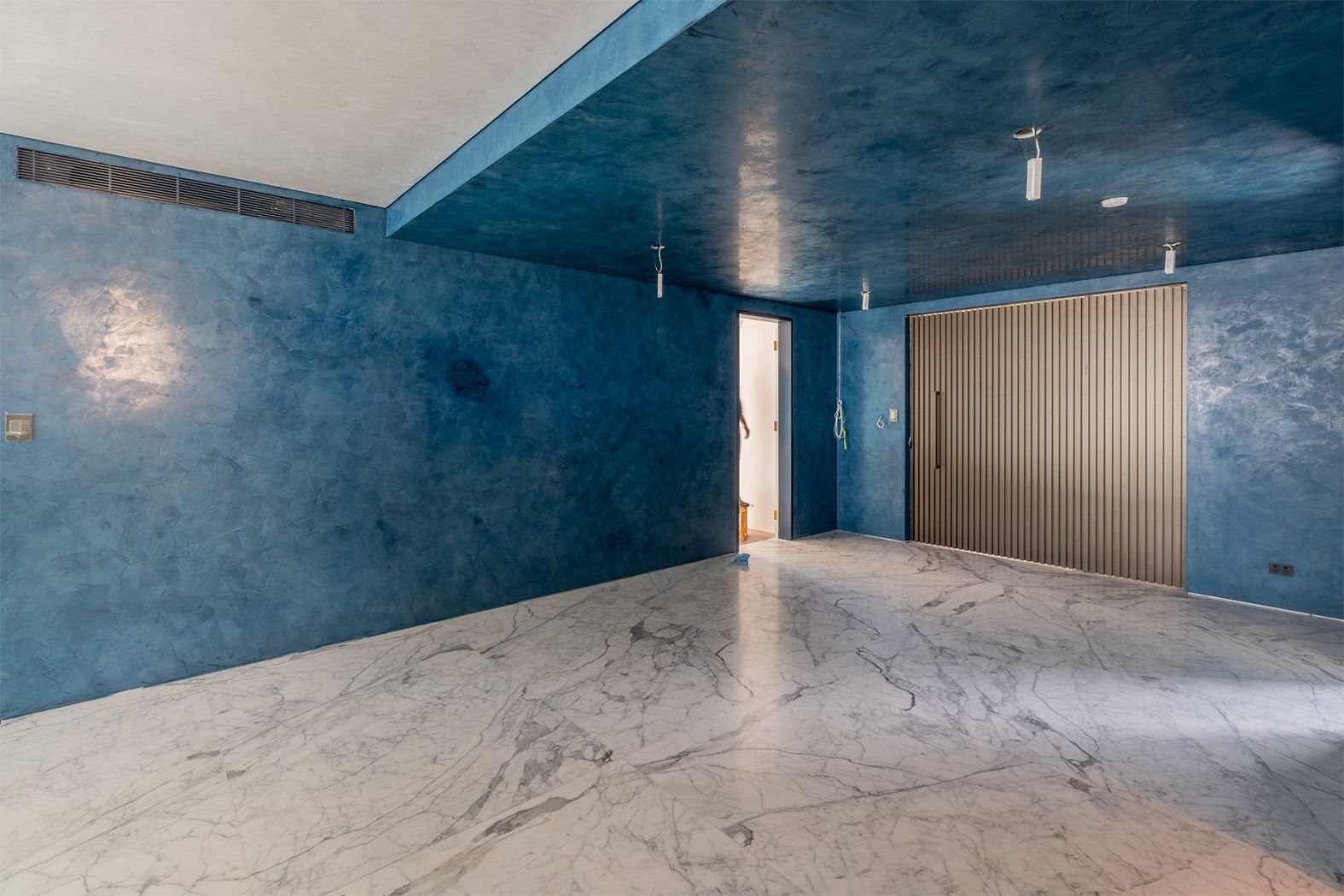
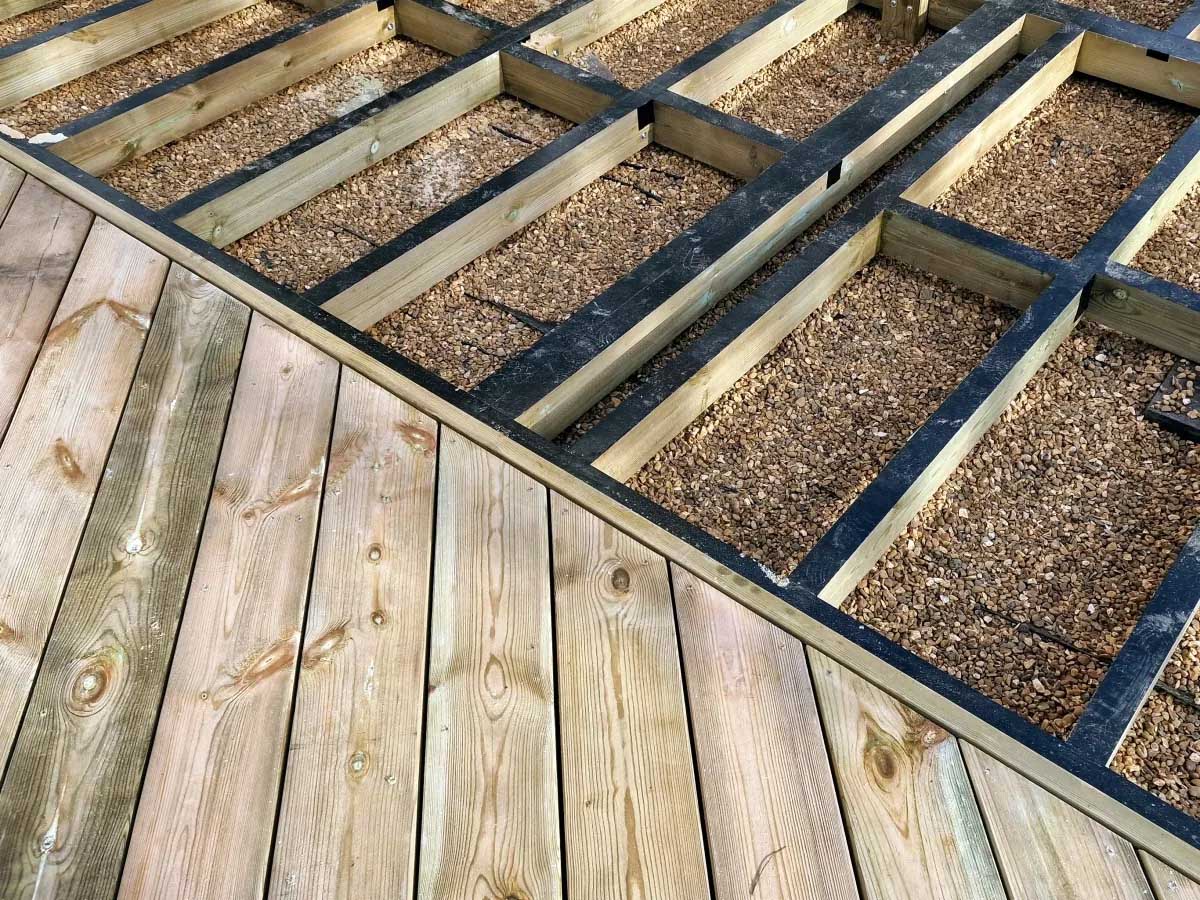

0 thoughts on “How To Build Stucco Wall With Wood Frame”